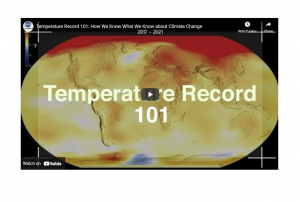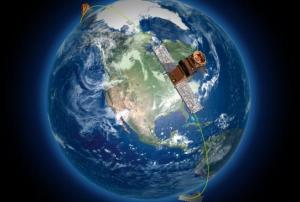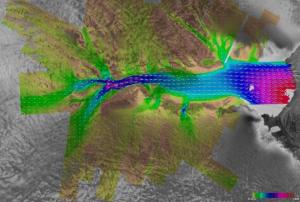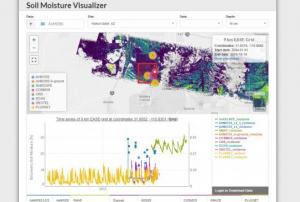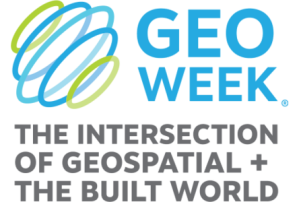Heavy rains, sea level rise, flash floods, and coastal floods are expected to increase further the frequency and severity around the coastal areas of the United States. Since 2000, at least one flood has occurred in the U.S. on average on nearly 300 days per year. The NOAA database also shows that all 50 states and the District of Columbia were affected by flooding in 2021.
Flooding continues to be the country's most common and costly natural disaster, with flood-related disasters causing more than $85 billion in damage and economic losses in 2021 alone. According to Census Bureau, data collected earlier this year, natural disasters forced an estimated 3.4 million people in the U.S. to leave their homes in 2022, underscoring how climate-related weather events are already changing American communities.
NASA has recently developed a Flooding Analysis Tool to allow practitioners and decision-makers to assess how sea level rise and other factors…
more